

— Products —
 Consumer hotline +8618073152920
Consumer hotline +8618073152920 WhatsApp:+8615367865107
Address:Room 102, District D, Houhu Industrial Park, Yuelu District, Changsha City, Hunan Province, China
All products
Visibility meter, also known as a visibility sensor, is an instrument that measures the distance that can be seen in the atmosphere. In meteorology, visibility is usually defined as the distance at which objects can be clearly seen in the atmosphere. Visibility is one of the meteorological observations and is usually measured using the metre as the unit. A visibility meter (visibility gauge) is an instrument that measures the atmospheric extinction coefficient and follows an ···
Tel/WhatsApp:+8615367865107
Email:Arvin@niubol.com +Nearly 100 partner companies in more than 68 countries. We are committed to providing high-quality, practical products to meet your needs and help you solve problems. Our products comply with international standards and are certified with ISO, CE and RoHS.Product Details
Visibility meter, also known as a visibility sensor, is an instrument that measures the distance that can be seen in the atmosphere. In meteorology, visibility is usually defined as the distance at which objects can be clearly seen in the atmosphere. Visibility is one of the meteorological observations and is usually measured using the metre as the unit. A visibility meter (visibility gauge) is an instrument that measures the atmospheric extinction coefficient and follows an empirical formula to derive the distance in the atmosphere that can be observed by the naked eye.
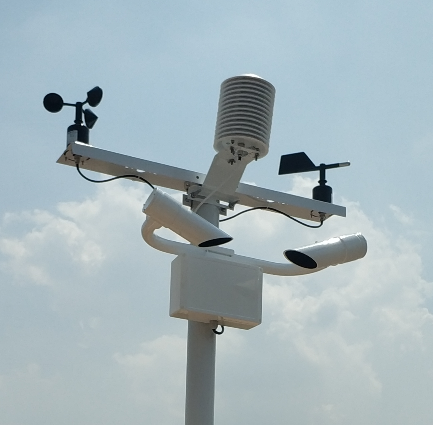
Front View
The visibility instrument (visibility sensor) requires a DC12V power supply and a three-wire RS485 communication cable. The instrument sends the meteorological visibility values and status information to the host computer in the monitoring centre via a communication interface.
The visibility instrument provides several sets of built-in commands for configuring system parameters and controlling many functions of the system. During assembly and maintenance, a display terminal is required to check the system parameters and may be used to change the parameter values.
The Visibility meter is an instrument that measures the distance visible in the atmosphere. Its measurement method is mainly through the measurement of the atmospheric extinction coefficient, and then based on empirical formulas to derive the distance observed by the naked eye. The measurement results of the visibility meter can reflect the transparency of the atmosphere and air quality, which have important application values for environmental protection and traffic safety.
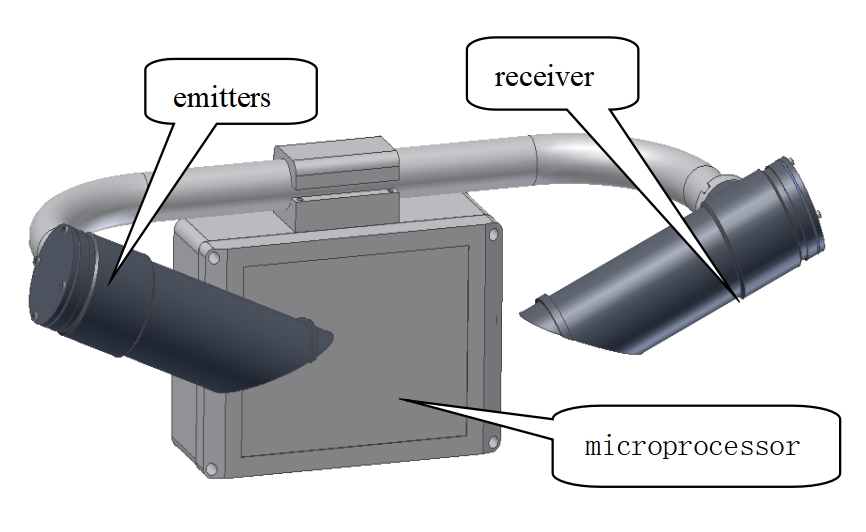
What is the measurement principle of visibility meter?
The measurement principle of visibility meter is mainly based on the scattering and absorption of light. In the atmosphere, light is scattered and absorbed by airborne particles (e.g. water droplets, dust, aerosols, etc.), which results in an attenuation of the light intensity, thus affecting the range of vision that we can observe.
Visibility meters can derive the extinction coefficient of the atmosphere by measuring the degree of scattering and absorption of light. The extinction coefficient is the degree to which light is attenuated by scattering and absorption as it passes through the atmosphere, and there is a relationship between its value and visibility. Therefore, by measuring the extinction coefficient and using empirical formulas, the visibility meter can calculate the visibility distance of the atmosphere, i.e. the visibility.
There are various methods of measurement for visibility meters, one of which is the forward scattering method. The forward scattering method refers to the principle of measuring the atmospheric extinction coefficient using the intensity of light scattered in a certain direction. The visibility meter fixes the light source and the detector at the same position. After the light source emits light, the detector at a certain distance detects the scattered light intensity. By measuring the scattered light intensity in different directions, the extinction coefficient of the atmosphere can be deduced.
Another common measurement method is the transmission method. The transmission method refers to the principle of deriving the extinction coefficient of the atmosphere by measuring the intensity of light transmitted through the atmosphere. The visibility meter is set up with an artificial light source, the transmitted light intensity of the light source is detected at a certain distance, and the atmospheric transmission coefficient is calculated to convert the visibility distance.
Specifically, the measurement principle of visibility meter is based on the principle of atmospheric scattering and absorption. When light passes through the atmosphere, it is scattered and absorbed by particles and gases in the air, resulting in a weakening of light intensity. By measuring the degree of attenuation of light intensity in different directions, the visibility meter can deduce the extinction coefficient of the atmosphere. Based on an empirical formula, the extinction coefficient is then converted into the naked eye observation distance, i.e. visibility. Its measurement results can help us understand the quality of the atmosphere and the environmental conditions, which has important application value for traffic safety and environmental protection.
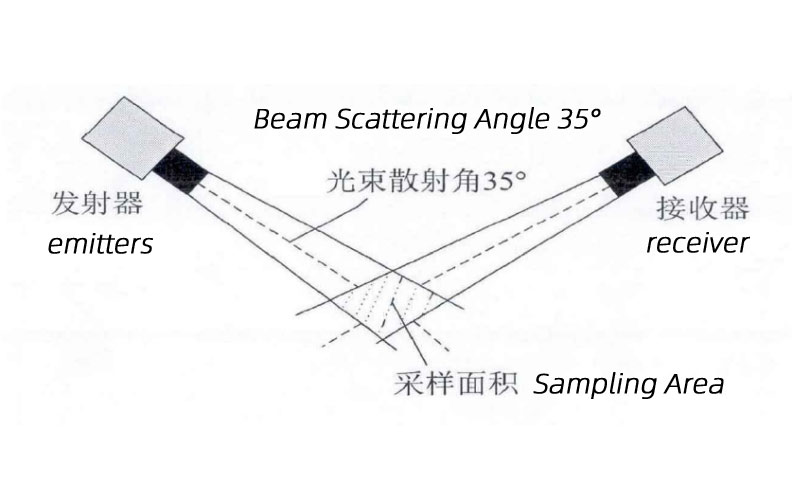
| Supply voltage: | DC12V |
| Signal output: | RS485 |
| Communication protocol: | standard MODBUS protocol |
| Baud rate: | 9600 |
| Technical principle: | light scattering |
| Scattering angle coverage: | 39o-51o front scattering |
| Peak wavelength: | 875nm |
| Bandwidth: | 100nm |
| Measuring range: | 5-10KM |
| Measurement accuracy: | ≤2km, 2%; 2km-10km, ±10%; |
| Working temperature: | -40-80℃ |
| Working humidity: | 0-95%RH |
| Standard cable length: | 10 metres |
| Size: | 610mm x 230mm x 300mm |
|
Material: |
anodized hard aluminium, with paint protection on the outer surface |
| Protection grade | IP65 |
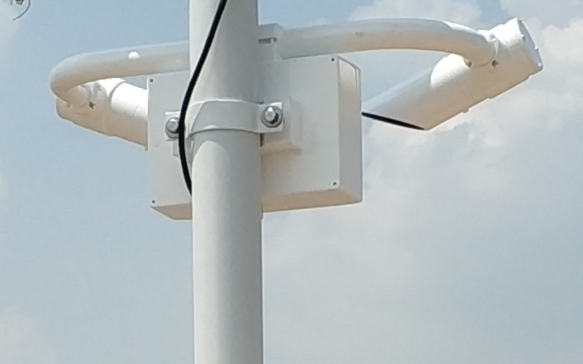
Rear view
The measurement procedure of visibility meter is as follows:
Determine the measurement point, which is usually chosen at a place with a wide field of view and free of obstructions, e.g. on top of a hill, near an airport runway, etc.
Install and calibrate the visibility meter to ensure the accuracy and reliability of the instrument.
Start the instrument to take measurements and record meteorological parameters such as atmospheric temperature, humidity and air pressure.
Calculate the extinction coefficient of the atmosphere based on the data measured by the instrument.
According to the empirical formula, the extinction coefficient is converted into the naked eye observation distance, i.e. visibility.
The measurement results are recorded and collated for analysis and processing.
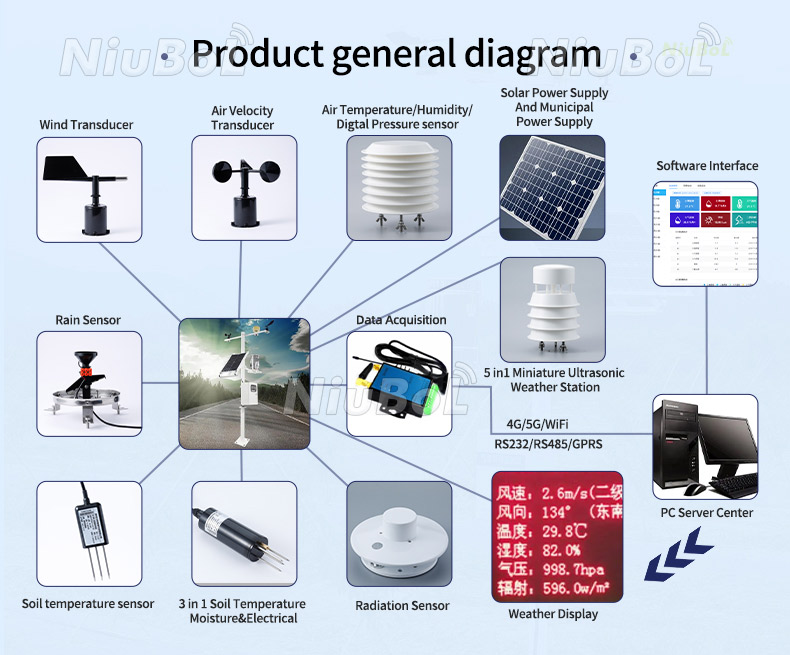
The visibility meter has important application value in traffic safety and environmental protection.
Firstly, the application value of visibility meter in traffic safety is mainly reflected in the following aspects:
Monitoring visibility: visibility meter can monitor the visibility condition around the road or airport in real time, providing accurate data for drivers to help them reasonably adjust the speed and keep a safe distance under the condition of low visibility, so as to reduce the occurrence of traffic accidents.
Early warning function: When the visibility meter detects that the visibility is lower than a certain level, it can issue a warning signal in time to remind drivers to pay attention to traffic safety and take corresponding measures.
Evaluation of the traffic environment: the measurement data of the visibility meter can help to evaluate the quality of the traffic environment, understand the degree of atmospheric pollution and meteorological conditions, and provide a basis for decision-making for the traffic management department.
Secondly, the application value of visibility meter in environmental protection is mainly reflected in the following aspects:
Monitoring air quality: visibility meters can monitor the concentration of suspended particulate matter in the atmosphere, thus reflecting the air quality. The measurement results can help people understand the environmental conditions and take corresponding protective measures.
Predicting air pollution: Measurement data from visibility meters can be used to analyse and predict meteorological conditions in the environment, for example, predicting weather phenomena such as haze, dust storms, etc., so as to take corresponding measures to reduce air pollution.
Research in the fields of atmospheric physics, chemistry and biology: visibility meters can provide accurate atmospheric data, providing scientists with important research information and helping to gain a deeper understanding of the properties of the atmosphere in terms of physics, chemistry and biology.
Visibility meter (visibility meter) is an important meteorological observation instrument, its measurement results can help us understand the quality of the atmosphere and environmental conditions, for environmental protection and traffic safety and other aspects have important application value.
To sum up, the visibility meter has important application value in traffic safety and environmental protection. Its application and development can help us better understand the environmental conditions and take effective protection measures to promote the sustainable development of human society.
Prev:Farming sensors
Sensors & Weather Stations Catalog
Agriculture Sensors and Weather Stations Catalog-NiuBoL.pdf
Weather Stations Catalog-NiuBoL.pdf
Related recommendations
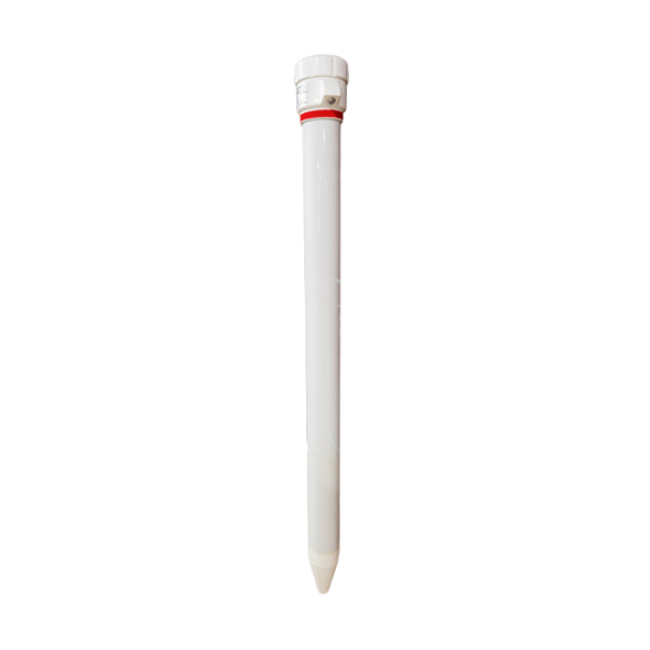 Multi-Depth Soil Sensor RS485
Multi-Depth Soil Sensor RS485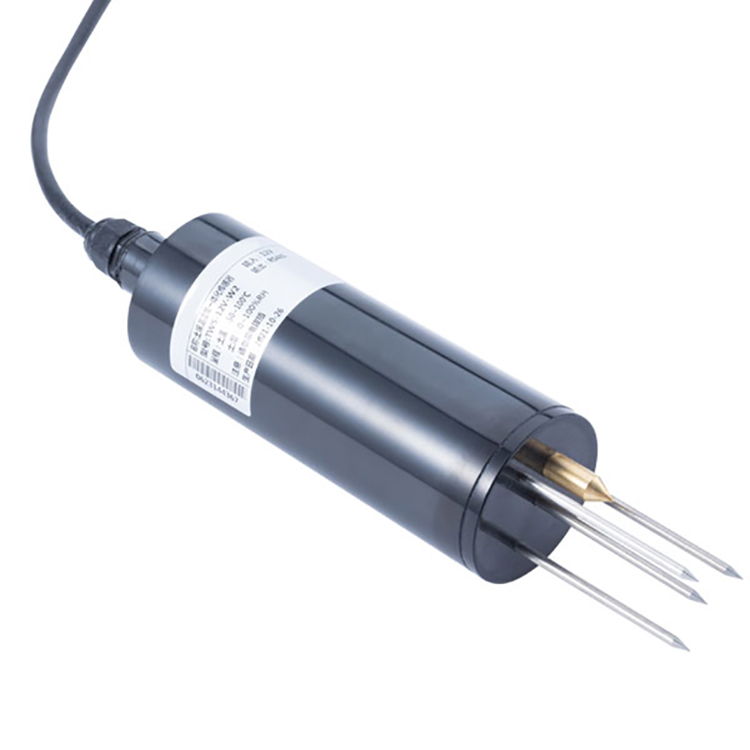 TDR Soil Moisture Sensor
TDR Soil Moisture Sensor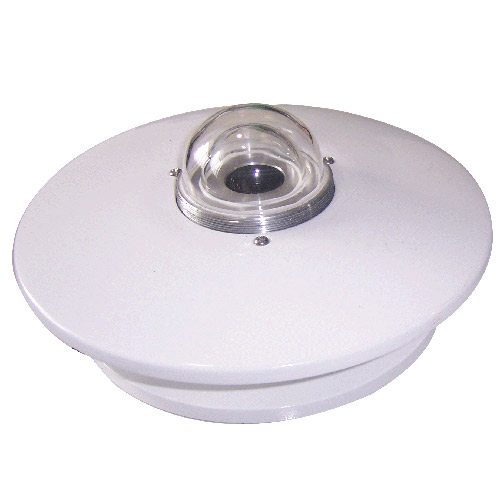 Pyranometer Solar Radiation Sensors
Pyranometer Solar Radiation Sensors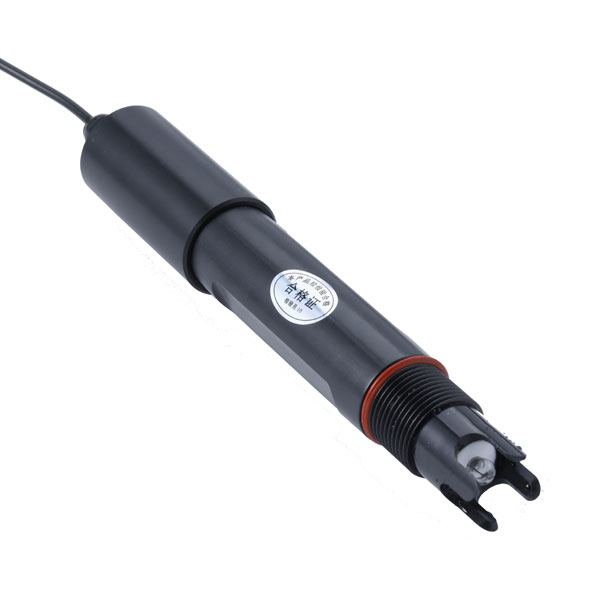 Soil ph sensor
Soil ph sensor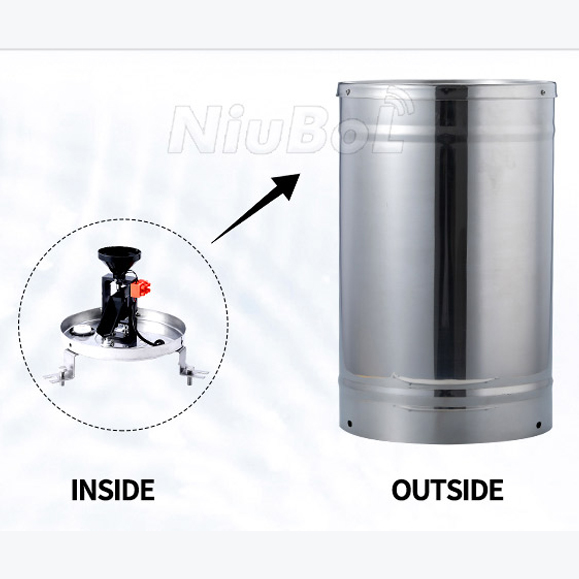 Tipping Bucket Rain Gauge
Tipping Bucket Rain Gauge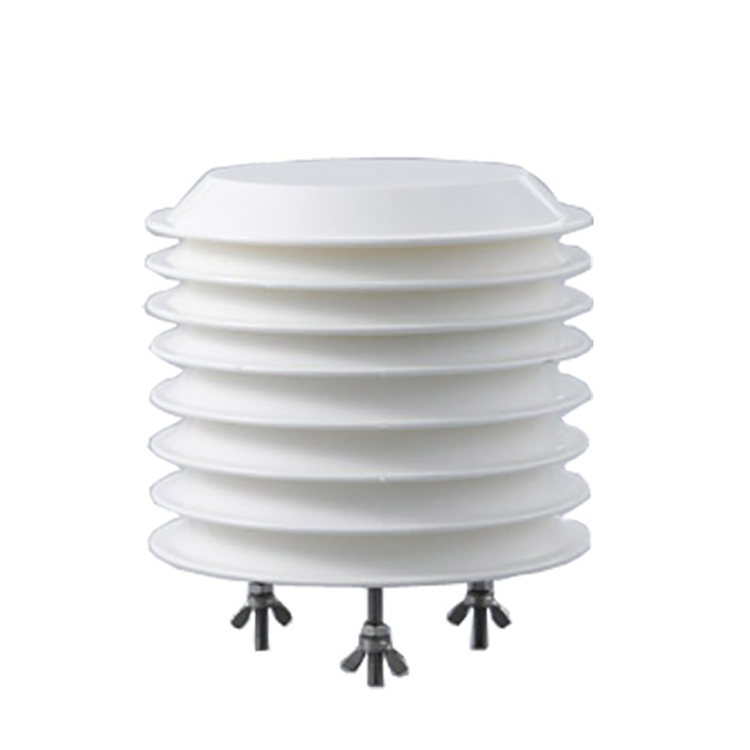 Air Temperature and Humidity Sensor
Air Temperature and Humidity Sensor
Screenshot, WhatsApp to identify the QR code
WhatsApp number:+8615367865107
(Click on WhatsApp to copy and add friends)
